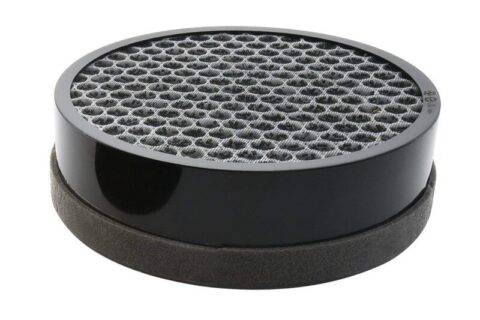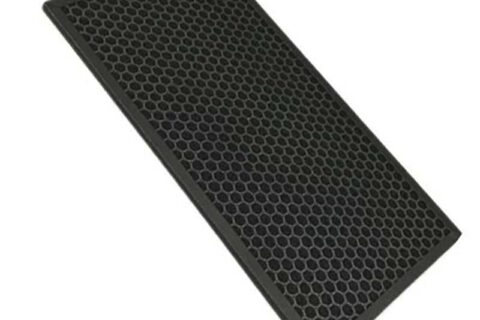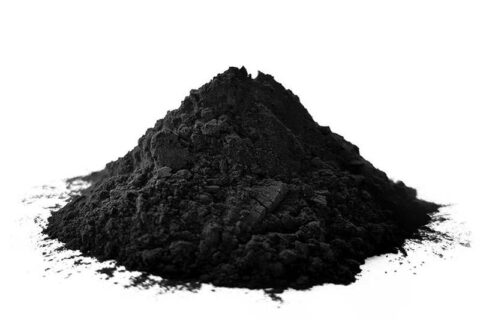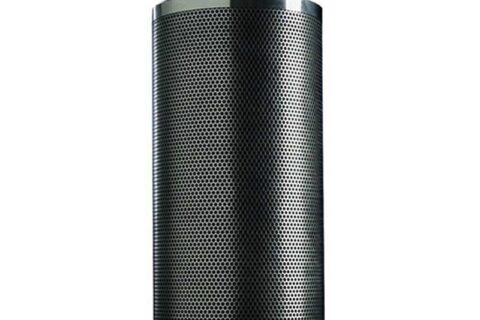Activated Carbon in Air Purification Systems
Activated carbons have the ability to adsorb volatile organic compounds (VOCs), odors, and other gaseous pollutants from the air. This purification process differs from HEPA filters or other types of air purifier filters that primarily capture particles from the air. Activated carbon filters achieve this by trapping gas molecules within the carbon beds.
What are Activated Carbon Filters?
Activated carbon filters are widely used for capturing gases. They are designed to filter gases through an activated carbon bed (also known as activated charcoal) and are commonly used to filter volatile organic compounds released into the outdoor environment. Additionally, activated carbon filters are employed to remove odors present in the air, such as the smell of cigarette smoke. However, they cannot separate particles like mold, dust, or pollen from the air.

Active carbon filters remove pollutants from the air through a process called adsorption. It’s important to note that this process is different from absorption. In adsorption, the pollutants (let’s say water, for example) are captured on the surface of the absorbent material (let’s say a sponge), but they do not become a part of the absorbent material at a molecular level. Therefore, when you absorb water with a sponge, it doesn’t chemically bind to the sponge. It simply fills the voids within the sponge.
On the other hand, the most significant difference in the adsorption process performed by activated carbon filters is that during adsorption, pollutants adhere to the outside of the carbon. In contrast, the absorption of pollutants occurs inside the structure, similar to how it happens with a sponge.
Carbon forms a cage of interconnected carbon atoms. The process of activating carbon is crucial here because it increases the surface area, thereby enhancing the capacity to capture gases. When a gaseous substance passes through a carbon molecule, it can adhere to the surface of the bed provided there is an empty adsorption surface.
Activated carbon plays a crucial role in air purification systems. Carbon filters effectively remove toxins and odors, making them highly effective in creating clean and healthy air for homes and offices. They play an active role in filtering harmful chemical gases present in the environment. The activated carbon filtration system should not be equated with other types of filtration methods.
Activated carbon, often called “activated charcoal”, is a highly porous form of carbon used in the purification of water and air. The carbon filter is specially processed to be porous, which increases the surface area of the product.
The published research found that HVAC filters using activated carbon remove 60% to 70% of ozone from the air passing through them, while filters without activated carbon have almost no effect on ozone levels.
The use of carbon filters varies depending on the living environment. Carbon filters used in laboratories should differ from those used in homes and offices.
There are different types of carbon filters used for removing a wide range of organic pollutants, including sulfur dioxide, nitrogen dioxide, and ozone, as well as mercury vapor, arsine, phosphine, hydrogen sulfide, acid gases, and organometallic vapors.





